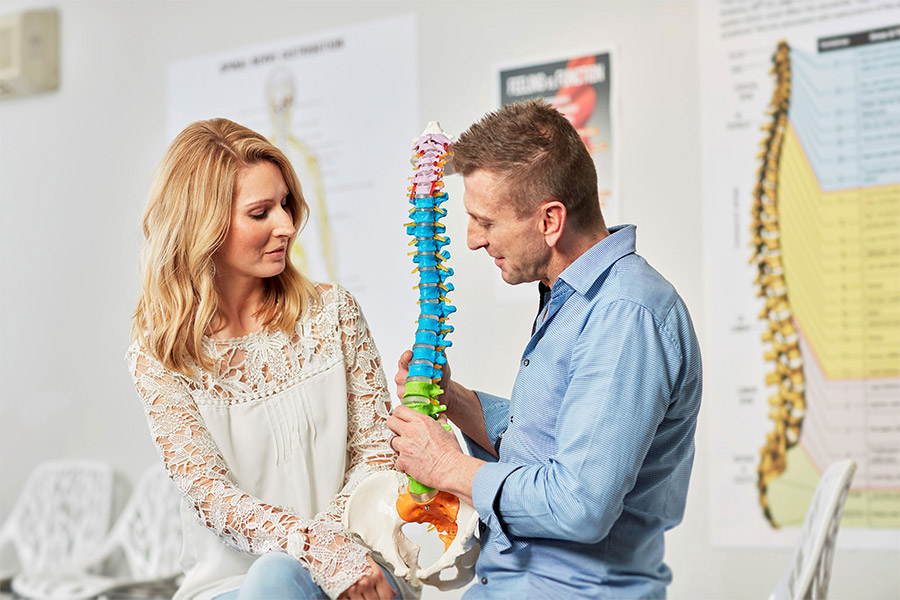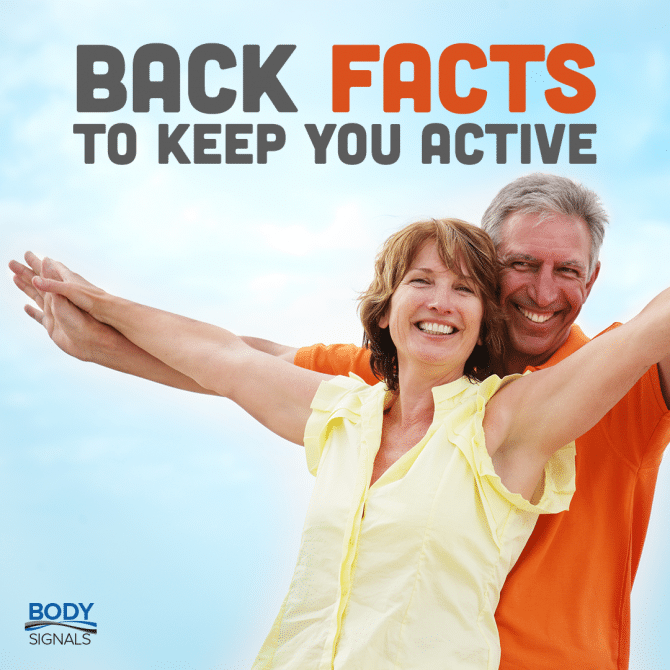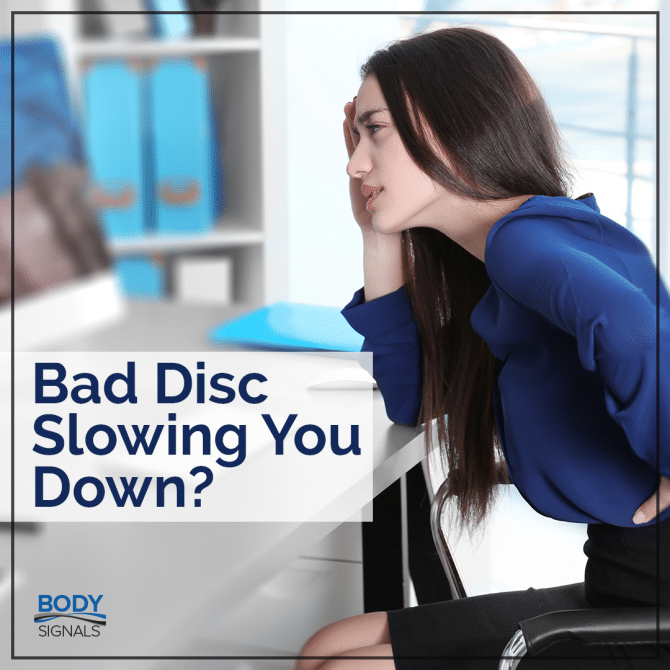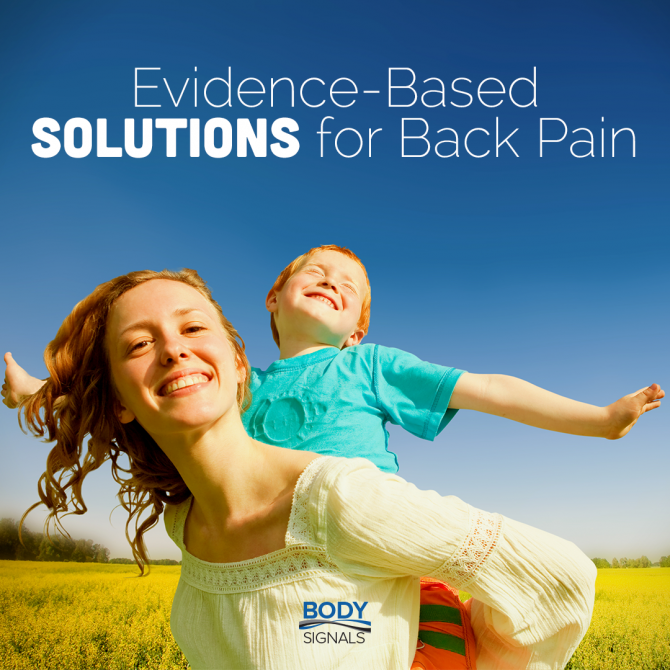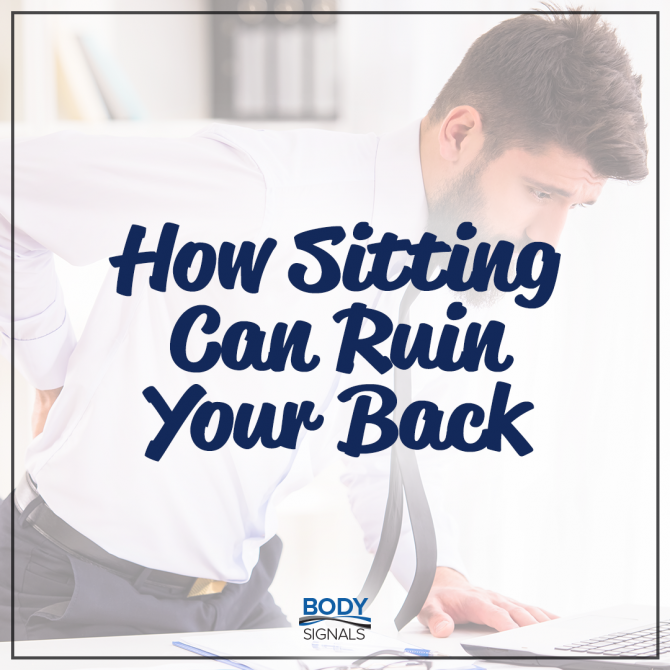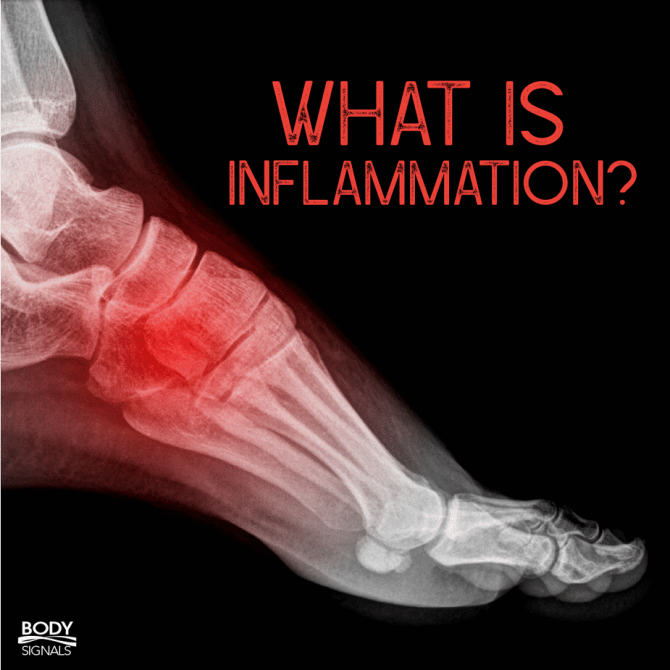
What is Inflammation?
Bottom Line: If you’ve ever cut your finger or twisted your ankle, then you have first-hand experience with inflammation. The redness, swelling, pain and heat are all hallmarks of the inflammatory process. In some ways, this is the first step of the healing process as your body begins to repair the injured tissue. However, there is another side to inflammation that can be extremely damaging to your overall health…chronic inflammation. Why it Matters: Chronic …
